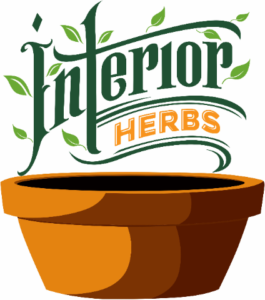The Benedictine monks, whose order of duty was the cultivation of land and gardening, crossed the Alps and founded new monasteries in southeastern France and southwestern Germany.
They brought with them many types of their activities, including the cultivation of medicinal plants, which mainly belong to the flora of the Mediterranean Sea.
Previously, these plants were cultivated and used by the peoples of Western Asia. Medicinal plants brought and introduced among the local population of the villages by the Benedictine monks were quickly spread in large areas north of the Alps. King Charles I (768-814) encouraged the monks of his state to engage in medicine and the cultivation of medicinal plants.
The “Order of Charlemagne on royal property or court” (Capitulare CM de villis vel cyrtis imperialibus, 812), written on the initiative of the monarch by the monk Benedictine Ansegis, contained instructions to tenants of royal estates to grow, along with vegetable crops, many medicinal , aromatic and spicy plants.
Along with other facilities in the monastery of Santa Galena, a medical house was erected with a room for patients and a room for bloodletting, a ward (medicinal warehouse) for medicinal herbs. Directly behind the doctor’s apartment, in the northeast corner of the monastery, there was a garden of medicinal herbs and a garden for the kitchen.
The herb garden (herbularius) was divided into 16 plots and each plot was labeled with the name and purpose of the plant species. More than 50 species of medicinal, spicy and vegetable plants prescribed by Capitulare were cultivated in the gardens of the monastery.
So here are some of the herbs that were used in middle ages for medical purpose.
Aloe
Greek physician Dioscorides recommended aloe externally for wounds, hemorrhoids, ulcers and hair loss. Pliny prescribed it internally as a laxative.
- The light intensity that it is best suited to: sunny and dry location
- The scientific name of it: Aloe Vulgaris
- How much watering is needed: regular watering is recommended
- How often it flowers: spring
- Colors of the flowers: Gray-green to reddish lanceolate-tapered leaves
- Best type of soil for it: loamy or sandy
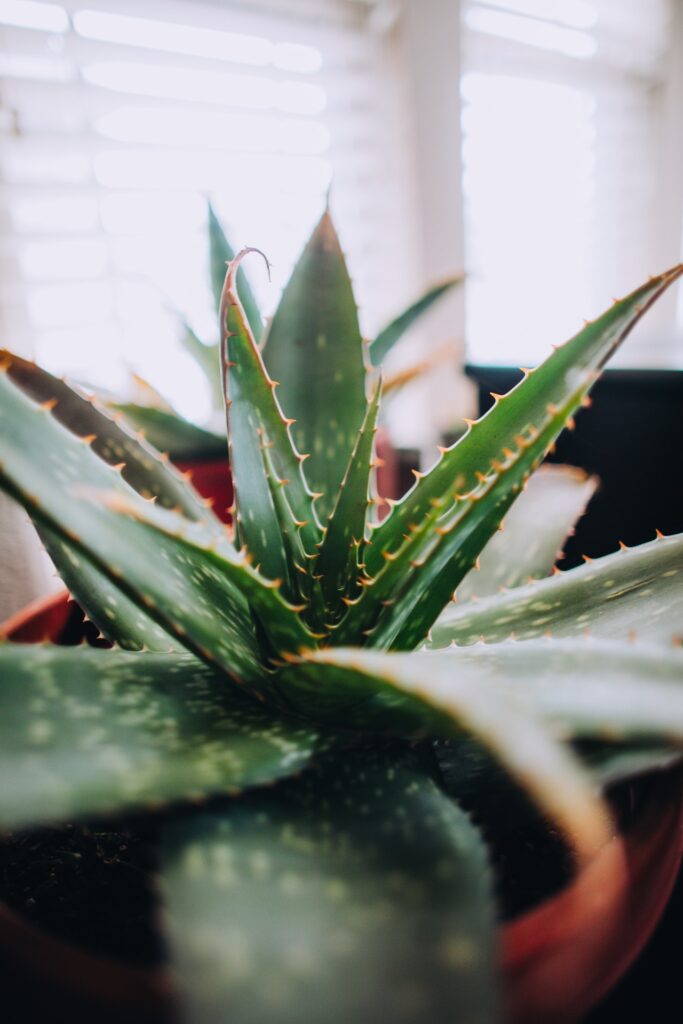
Anise
Hippocrates recommended anise to help clear mucus from the respiratory system. It was also recommended by other renowned physicians as a breath freshener, digestive aid, a cure for “hicket” (hiccups), headache, asthma, insomnia, nausea, lice and infant colic.
Anise was so popular in medieval England as a spice, medicine and perfume that in 1305 Edward I placed a special tax on it to raise money to repair London Bridge.
- The light intensity that it is best suited to: sunny location
- The scientific name of it: Asteroideae
- How much watering is needed: regular watering is recommended
- How often it flowers: May until October
- colors of the flowers: Lime yellow up to brown red
- Best type of soil for it: requires ordinary potting soil in a bucket
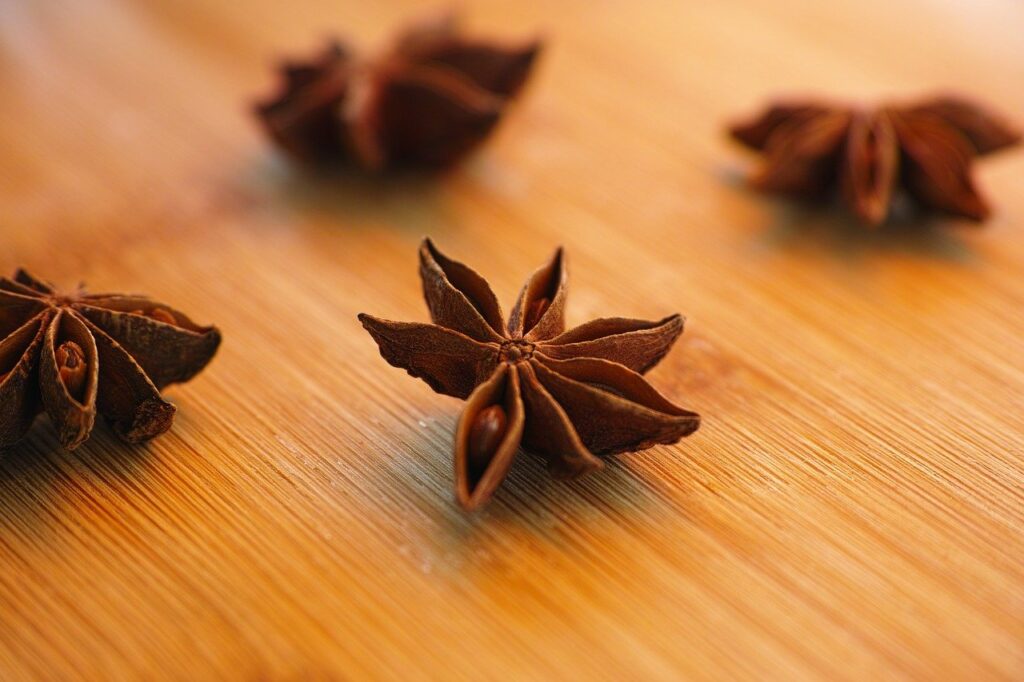
Balm (Melissa)
Lemon balm and bee balm were prescribed for nervousness and anxiety in the form of Melissa water or Eau de Melisse. Recommended for treatment of insomnia, arthritis, headache, toothache, sores, digestive problems and cramps, balm was considered to be something of a cure-all.
Greek physicians recommended applying balm leaves to wounds and added the herb to wine to treat a variety of illnesses. Pliny prescribed it to stop bleeding.
- The light intensity that it is best suited to: a half-shady, light location;
- The scientific name of it: Monarda didyma
- How much watering is needed: water sufficiently
- How often it flowers: June until September
- colors of the flowers: different blossom colors: white, red, pink, violet
- Best type of soil for it: permeable, slightly moist, nutrient rich
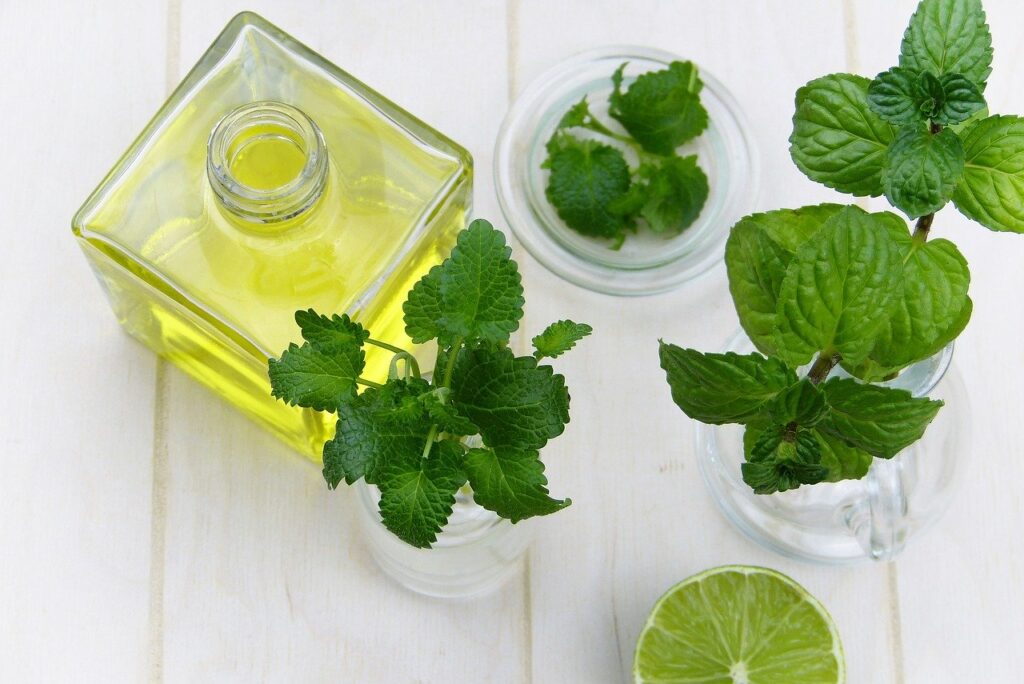
Basil
The ancient physicians disagreed on the merits of basil. Dioscorides and Galen warned that taking basil internally would cause insanity and the spontaneous generation of internal worms. Pliny used it to treat stomach ailments. Hildegard of Bingen used basil in a concoction that included powder from a vulture’s beak to treat tumors.
- The light intensity that it is best suited to: a sunny spot and excavate a plant hole
- The scientific name of it: Ocimum basilicum
- How much watering is needed: regular watering is recommended
- How often it flowers: June to September
- colors of the flowers: Multiple-flowered white cymes
- Best type of soil for it: freshly-damp soil
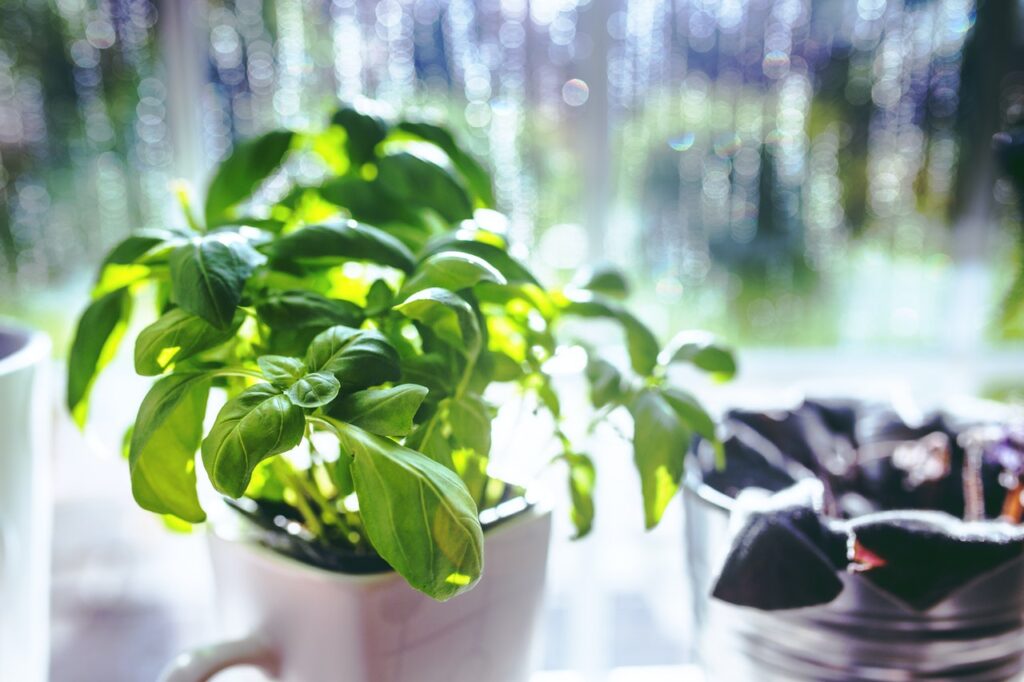
Blackberry
Blackberry was also known as “goutberry” as its most popular use was as a treatment for gout. Leaves and bark were chewed for bleeding gums, leaves were applied to the skin to sooth burns and scalds. Blackberry syrup was recommended for treatment of dysentery.
- The light intensity that it is best suited to: sunny to half-shady spot
- The scientific name of it: Rubus sectio Rubus
- How much watering is needed: pour the plants when it’s dry
- How often it flowers: from May to August
- colors of the flowers: twigged, white or pink flowers
- Best type of soil for it: medium-heavy, humus-rich soil
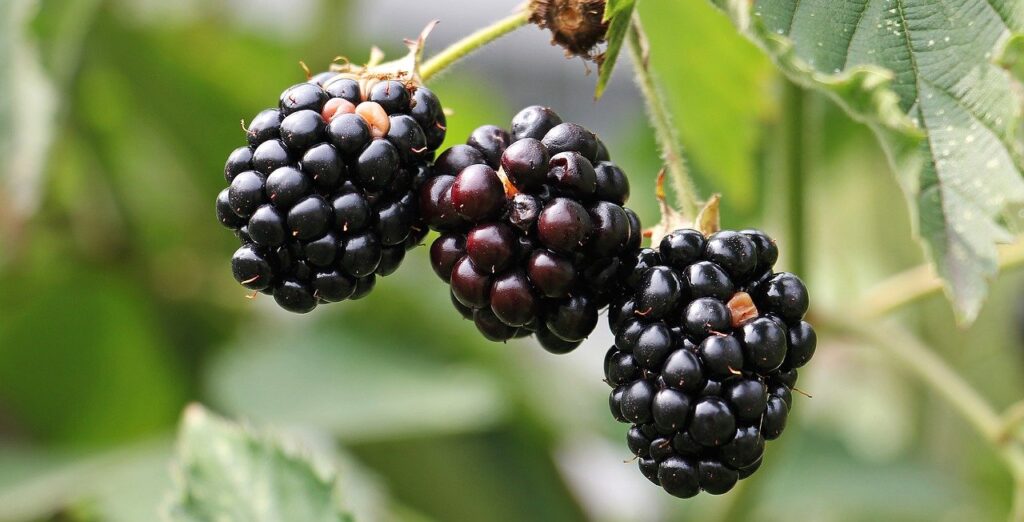
Buckthorn
Buckthorn became popular around the 13th century and was primarily used to purge the body of “foul humors”. Buckthorn bark seeped in water produced a powerful laxative. It was also recommended for jaundice, hemorrhoids, gout and arthritis.
- The light intensity that it is best suited to: sunny location
- The scientific name of it: Hippophae rhamnoides
- How much watering is needed: Regular watering
- How often it flowers: from mid to late May.
- colors of the flowers: The wind-pollinated flowers are yellow
- Best type of soil for it: well-drained soil
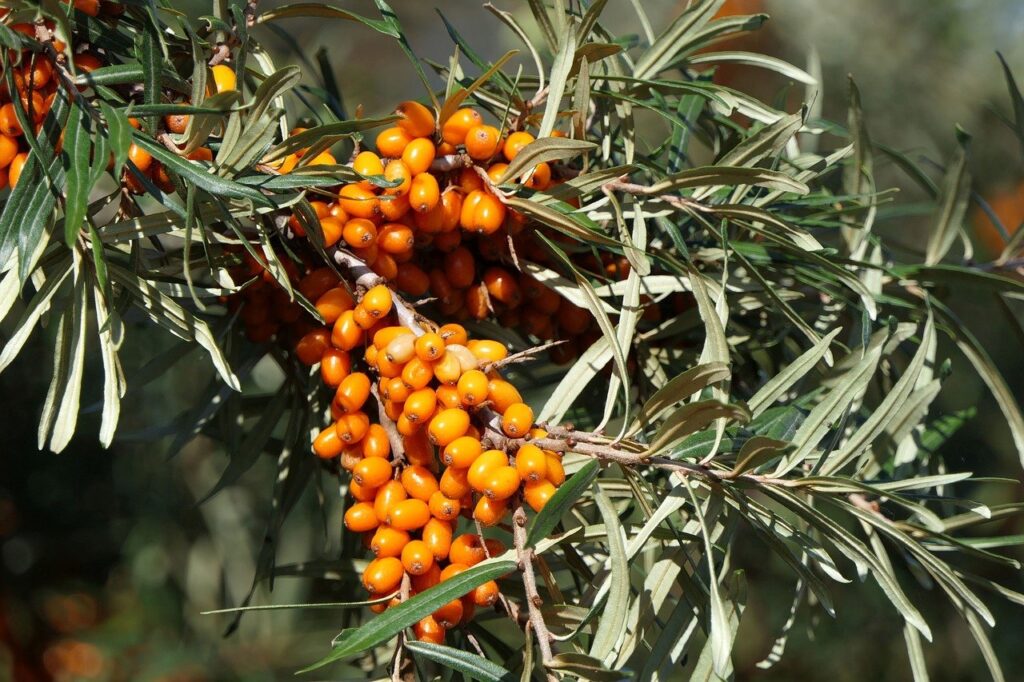
Burdock
In the 14th century burdock leaves were used to treat leprosy. Hildegard of Bingen used it to treat cancerous tumors. Burdock root was also prescribed for fever, ringworm and skin infections.
- The light intensity that it is best suited to: any light level
- The scientific name of it: Articum lappa.
- How much watering is needed: average watering
- colors of the flowers: bright pinkish-purple
- Best type of soil for it: most soils
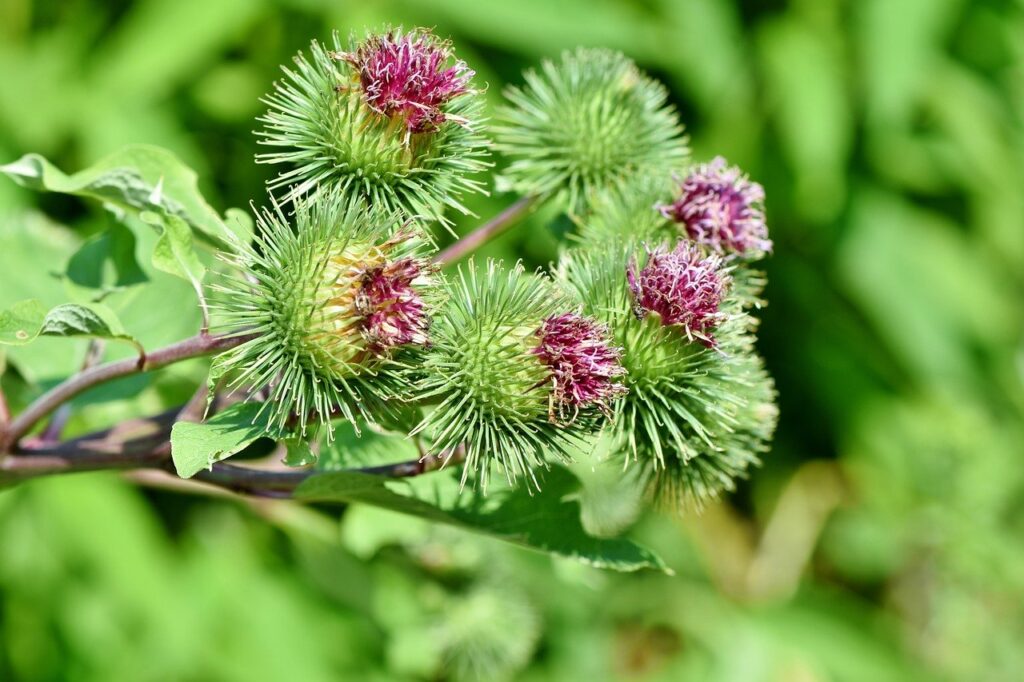
Caraway
Caraway seeds were recommended for the treatment of indigestion, gas and infant colic. Gilbertus Anglicus prescribed the following decoction for a syrup to treat ailments of the lungs:
Take barley water which has been strained, raisins, violets, jujube, seed of melon and gourd, wheat starch, licorice, black plums, fennel root, parsley, wild celery, anise, caraway, and make thereof a syrup. That is to say, seep all these in water until the virtue of them be in the water. Then strain it and add sugar or honey. And then set it over the fire to steep softly. Then take the white of four eggs and beat them well and add them. And always skim it until it is clear. Then take it down and strain it clean so that no dregs remain therein. Put it in a closed vessel.
- The light intensity that it is best suited to: bright light
- The scientific name of it: Carum carvi
- How much watering is needed: Regular watering
- How often it flowers: May and last until the end of summer.
- colors of the flowers: Tiny white flowers
- Best type of soil for it: well drained soil

Chamomile
Used to treat headaches, kidney, liver and bladder problems and as an aid for digestive upsets.
- The light intensity that it is best suited to: sunny location
- The scientific name of it: hamaemelum nobile
- How much watering is needed: drought tolerant and only needs to be watered in times of prolonged drought.
- How often it flowers: In 6-10 weeks after germination, chamomile plants will generally be in full bloom and continue to produce new blooms right up until frost covers the area.
- Colors of the flowers: small daisy like flowers with yellow centers and white petals.
- Best type of soil for it: The soil should be dry.
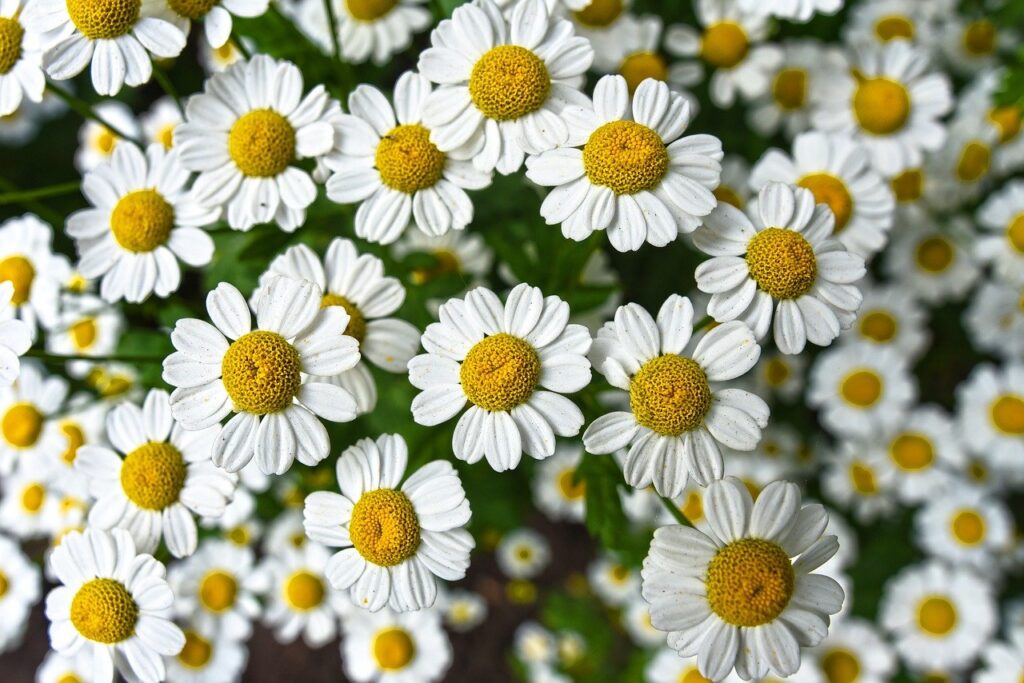
Cinnamon
Hildegard of Bingen recommended cinnamon to treat colds, flu, cancer and “inner decay and slime.”
- The light intensity that it is best suited to: plants are kept in high light
- The scientific name of it: Cinnamomum zeylanicum
- How much watering is needed: Regular watering
- How often it flowers: summer
- colors of the flowers: small white flowers
- Best type of soil for it: slightly dry
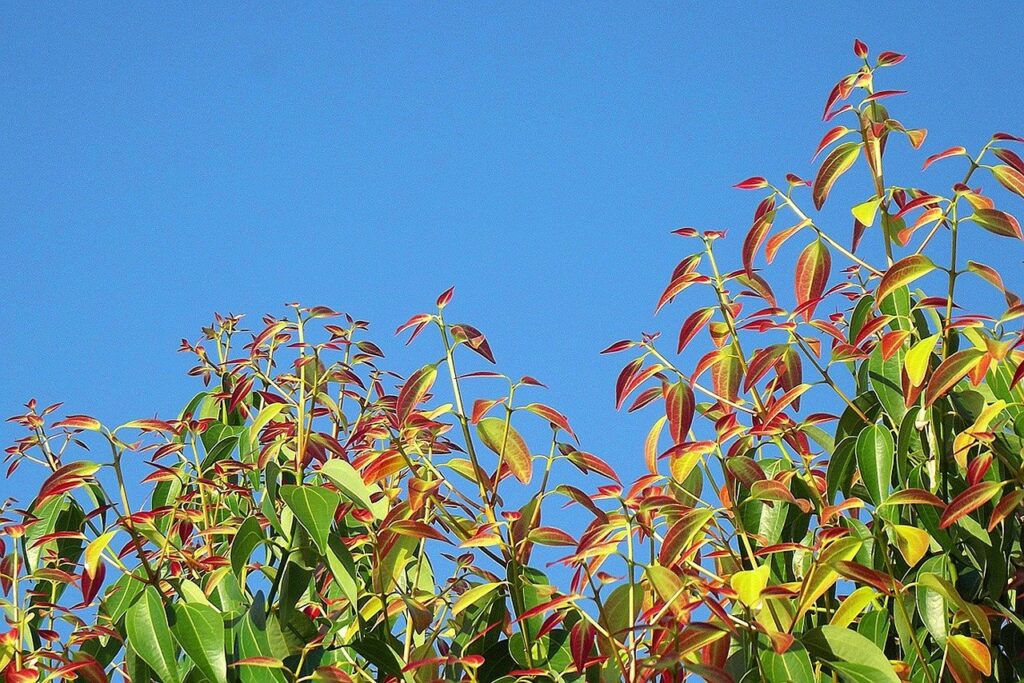
Sam is a graduated biologist who sub-specialised in Botany in his final years. With a passion for human health and food, this was the perfect marriage of his interests. Having been born in the country but spent most of his life living in cities, this blog was his answer to learning how to grow a garden indoors if you didn’t have ample space outside.
